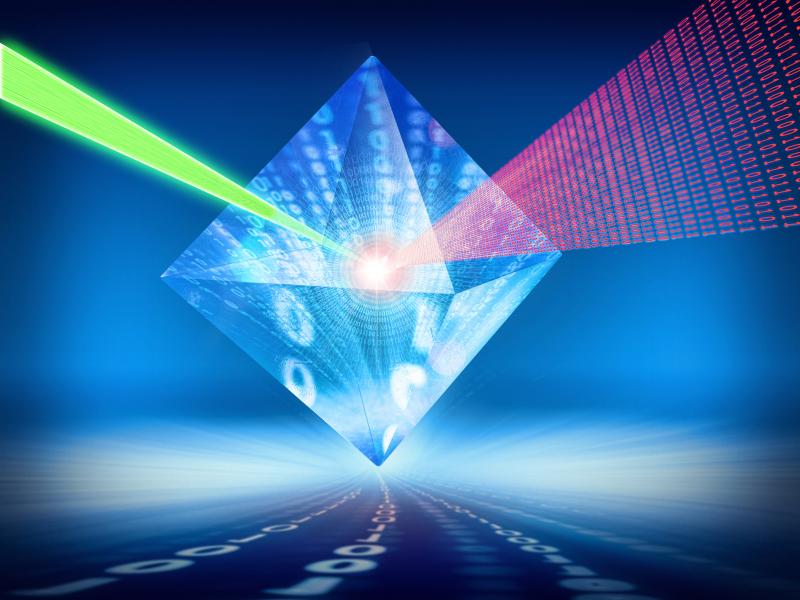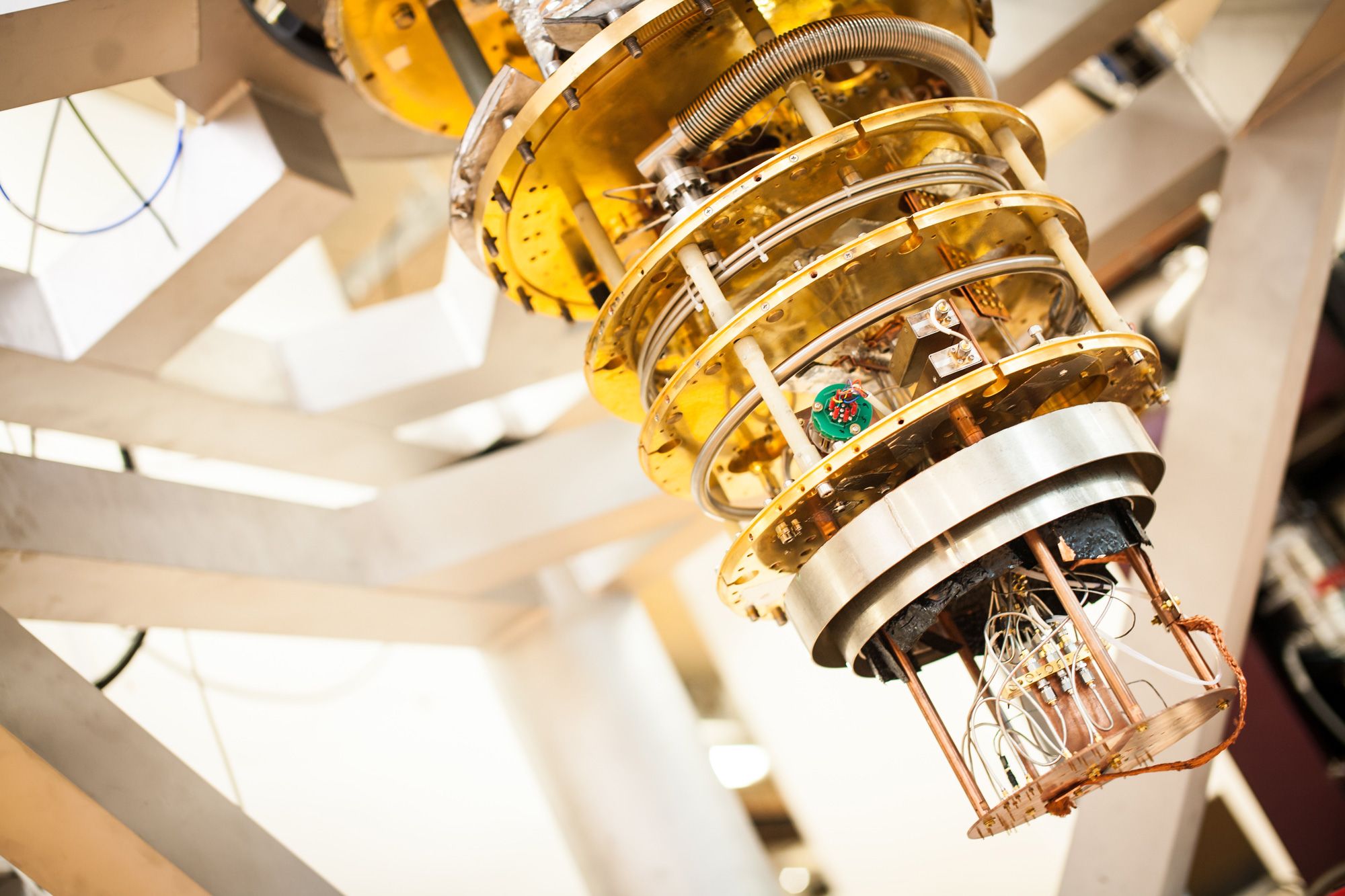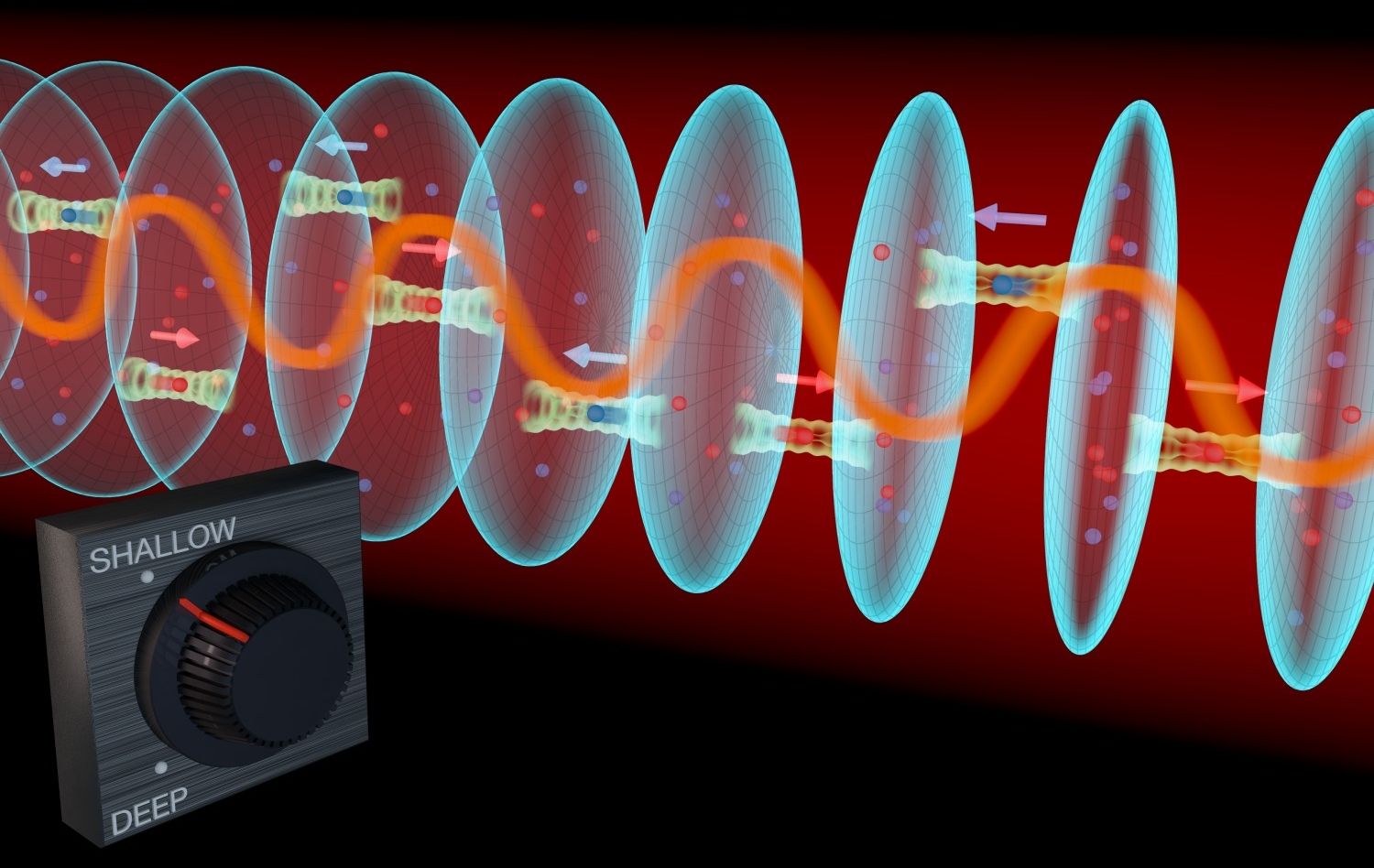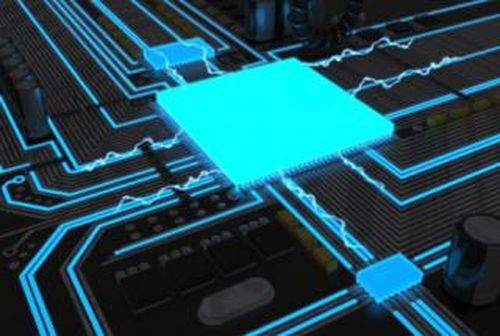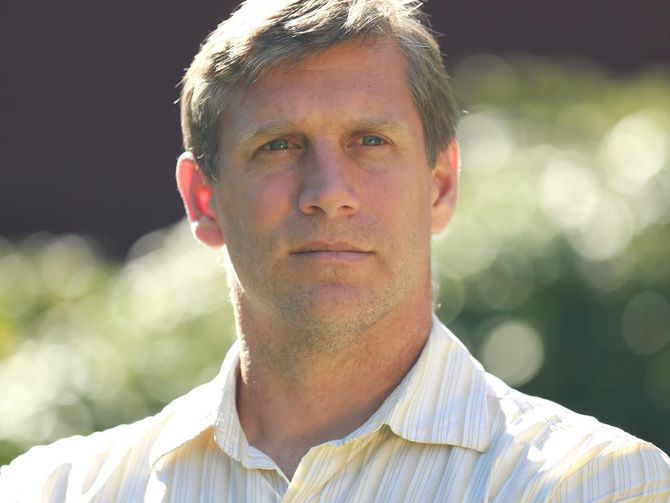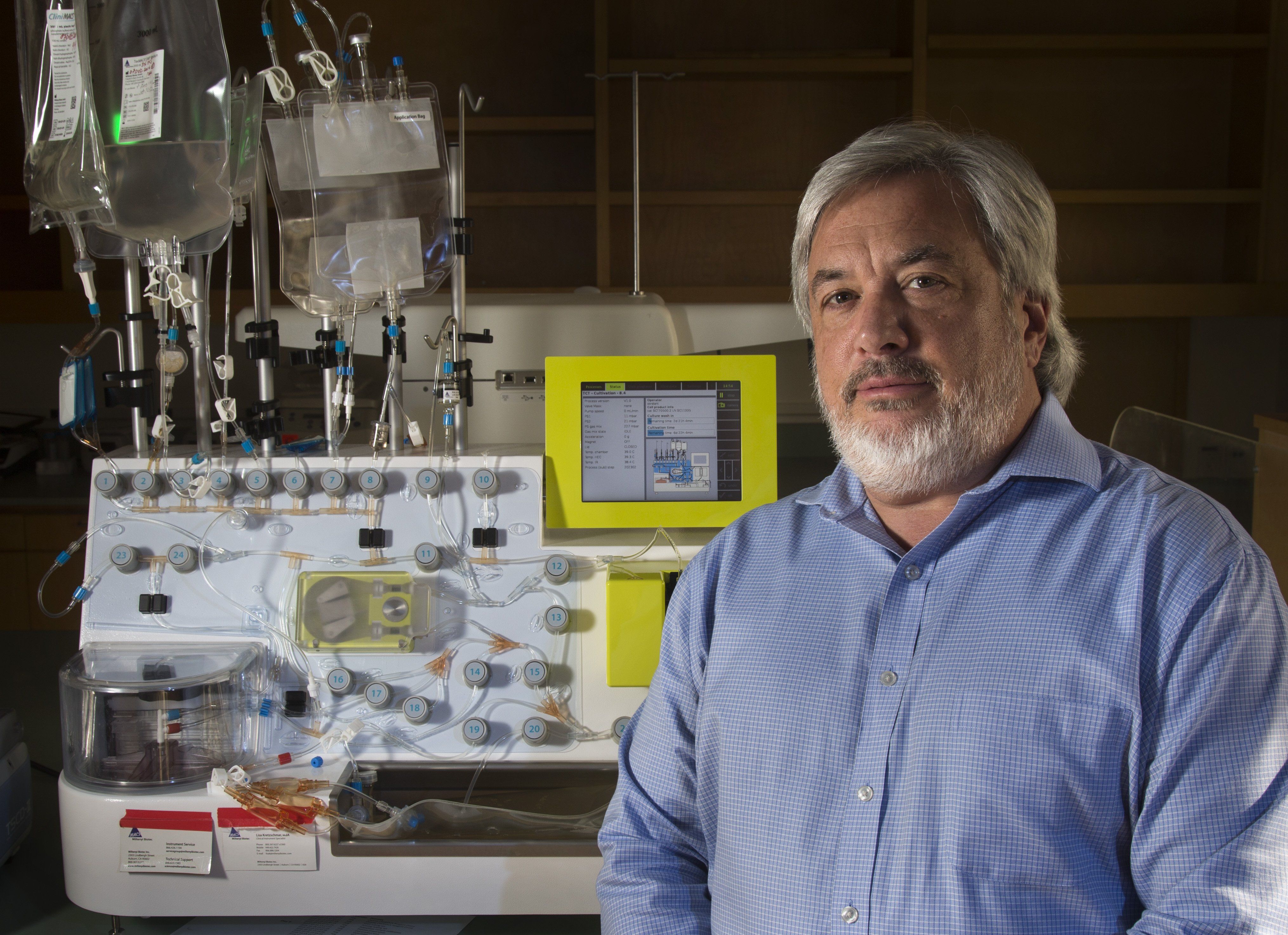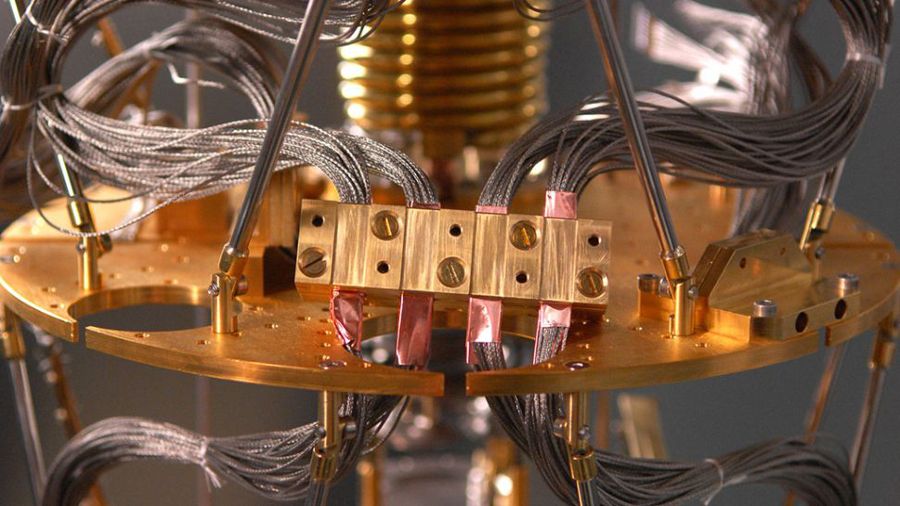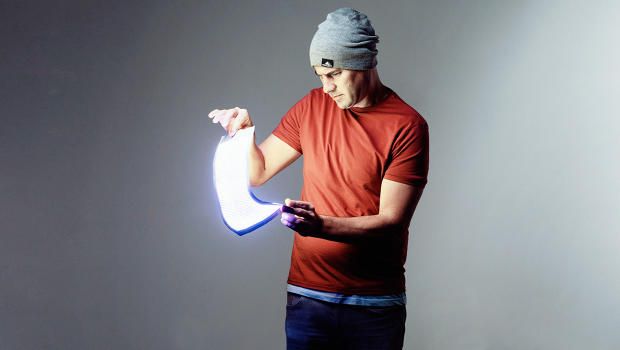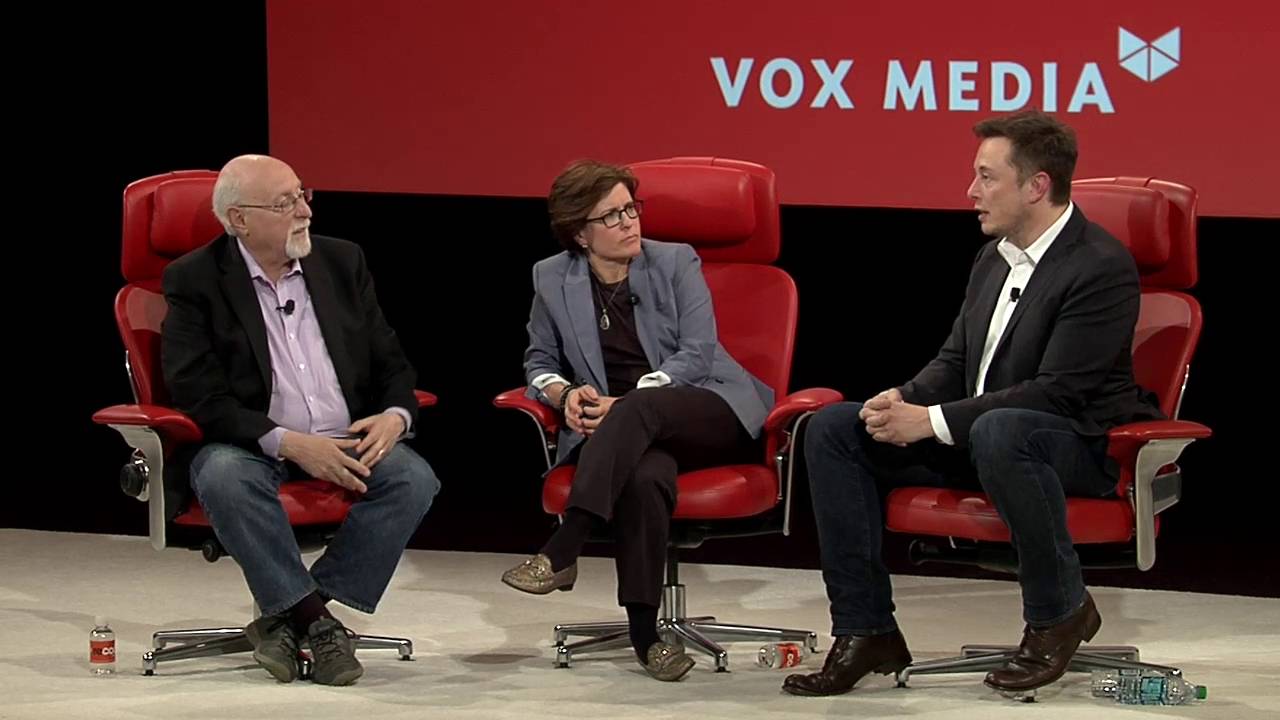Oh; there is a LOT more to they syndiamond story as it relates to some of the additional hardware and communications technologies that we’re developing and planning for the future.
What are the unique properties of diamond that make it a supermaterial?
Diamond has long been known to have exceptional properties, largely resulting from the symmetry of the cubic lattice made of light carbon atoms connected by extremely strong bonds. These exceptional properties include thermal conductivity five times higher than that of copper and the widest optical transparency of any material extending from the UV to the RF part of the electromagnetic spectrum. Additionally, diamond also has some interesting chemical properties as it is extremely inert, though it can become a conductor by adding boron. In this manner, one could leverage synthetic diamond for use in electrochemical incineration where existing electrode materials have only a limited lifetime.
What are the traditional applications for synthetic diamond in engineering and electronics?
Historically diamond has been exploited mainly for its great hardness in mechanical applications. For example in modern cars more than 150 components are made using a variety of diamond tools. However in the past two decades there have been an increasing number of applications which utilize some of diamonds’ other superlative properties. For example, synthetic diamond is utilized in semiconductor applications for its heat spreading abilities. This trend is being driven by the increasing number of transistors on a chip which increases the thermal load and therefore runs the risk of device failure. Using diamond in this application not only means more transistors can run on a chip but it also extends device lifetime as they can run cooler. Synthetic diamond is also being used as a radiation detector. Element Six diamond is currently being used in the CERN Large Hadron Collider as part of its monitoring system.
